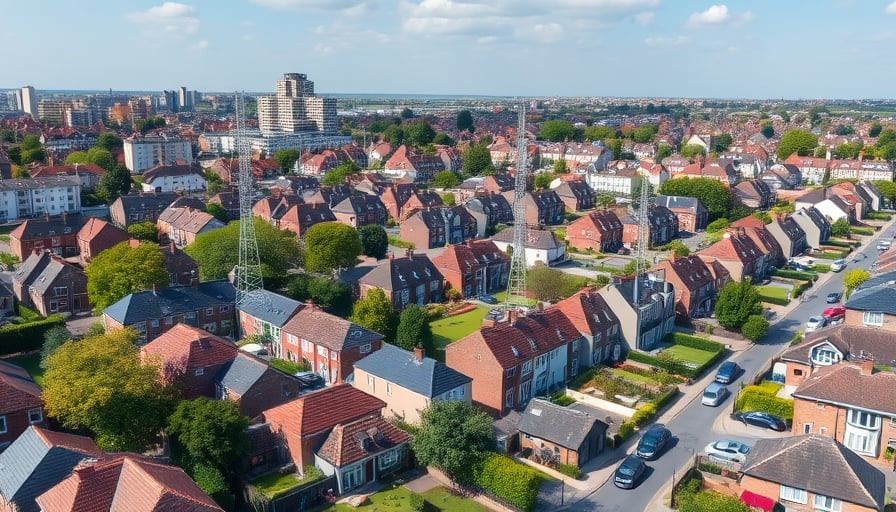Nokia Oyj: Aggressive Expansion Across Global Connectivity Frontiers
Nokia Oyj, the Finnish telecommunications stalwart, is demonstrating a relentless drive to cement its position at the heart of next‑generation networks. Over the last 24 hours, the company has announced a series of high‑impact contracts and strategic investments that underline its commitment to autonomous networking, optical transport, and artificial‑intelligence‑enabled infrastructure.
1. Autonomous MantaRay SON Deployment in Japan
On 25 November, Nokia disclosed the launch of its autonomous MantaRay Self‑Organizing Networks (SON) solution into NTT Docomo’s multi‑vendor LTE and 5G radio access network. This partnership positions Nokia as a key enabler for one of Japan’s largest mobile operators, allowing Docomo to streamline network optimization, reduce operational costs, and accelerate time‑to‑market for new services. The announcement comes with a press release that highlights Nokia’s capability to integrate its SON across heterogeneous equipment suppliers—an essential advantage in a market where network convergence is accelerating.
2. RailTel National Long‑Distance Network Modernisation
In a parallel move, Nokia has successfully upgraded RailTel Corporation of India’s DWDM National Long‑Distance (NLD) network. By deploying Carrier‑Grade NAT and metro optical transport across India’s rail corridors, Nokia has extended its footprint into the high‑bandwidth, low‑latency domain that underpins modern transportation services. The collaboration, confirmed through multiple press releases, showcases Nokia’s prowess in delivering resilient, end‑to‑end optical solutions to mission‑critical sectors.
3. Record‑Setting $4 B Investment in U.S. AI and Connectivity
Nokia’s leadership announced a new $4 billion investment in the United States, earmarked for research and development in artificial intelligence and broadband connectivity. This capital injection will accelerate the development of next‑generation networking products, from AI‑driven network management to ultra‑low‑latency edge computing. The move signals Nokia’s belief that AI is the linchpin for future network evolution, and it underscores the company’s readiness to compete with U.S. rivals on home turf.
4. Taiwanese Airport Infrastructure Upgrade
In a strategic diversification, Nokia secured a contract with Taoyuan International Airport Corporation (TIAC) to upgrade the communications infrastructure in Terminals 1 and 2. The IP/MPLS solution, delivered alongside HwaCom Systems, will modernise the airport’s network, supporting both passenger services and air‑traffic control. This contract illustrates Nokia’s ability to deliver complex, mission‑critical networking solutions in the aviation sector—a market that demands uncompromising reliability.
5. Financial Context and Market Sentiment
- Share Performance: As of 23 November, Nokia’s shares closed at EUR 5.196, comfortably above the 52‑week low (EUR 3.419) yet below the 52‑week high (EUR 6.65).
- Valuation: With a price‑to‑earnings ratio of 30.56, investors are pricing in significant growth expectations.
- Market Capitalisation: The company’s market cap of approximately EUR 28.4 billion reflects its status as a leading player in the global communications equipment sector.
These fundamentals, coupled with the company’s aggressive contract pipeline, suggest that Nokia’s share price may well recover momentum if the execution remains on schedule.
6. Conclusion
Nokia Oyj’s recent announcements paint a picture of a company that is not only keeping pace with the rapid evolution of telecommunications but actively shaping it. From autonomous network optimisation in Japan to AI‑driven connectivity in the United States, and from high‑speed optical transport in India to critical infrastructure upgrades in Taiwan, Nokia is laying down a global blueprint for next‑generation networks. The question is no longer whether Nokia will lead the charge, but when the market will fully recognise the value of its relentless innovation.




